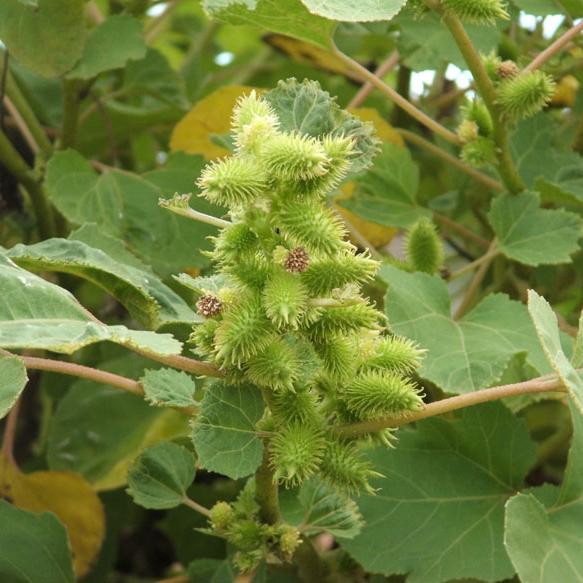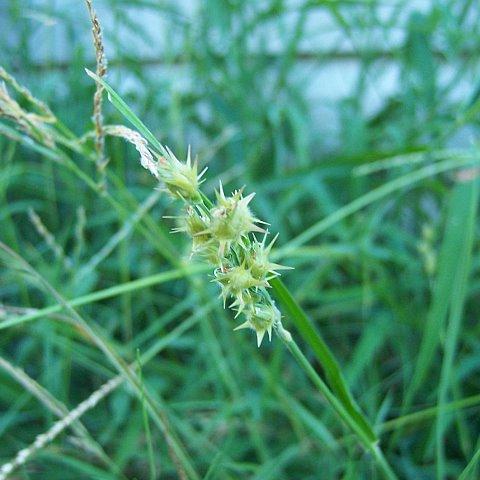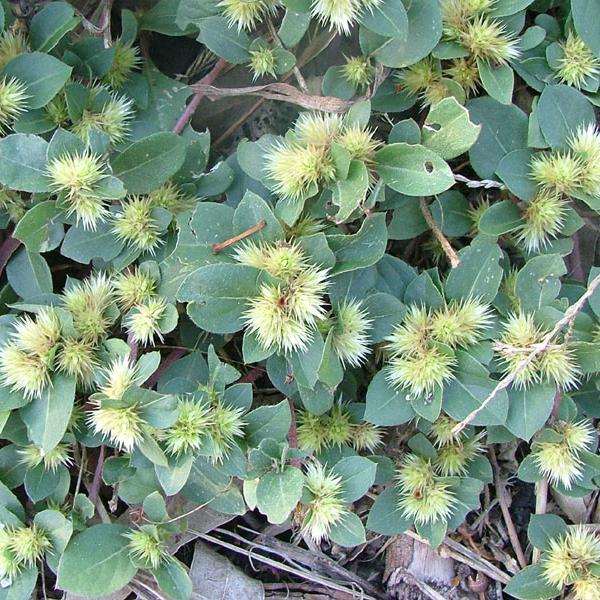Burr Weeds: Identification, Prevention, and Control
Burr weeds are a nuisance for homeowners and gardeners alike. These prickly, invasive plants not only damage lawns but also make outdoor spaces uncomfortable for walking and recreational activities. Managing burr weeds effectively requires understanding their growth patterns, prevention strategies, and control methods. In this article, we provide a comprehensive guide to tackling burr weeds, helping you maintain a lush, weed-free lawn.
What Are Burr Weeds?
Burr weeds are a group of invasive plants characterized by their prickly seed pods or burs, which easily stick to clothing, animal fur, and even skin. These weeds thrive in various conditions, particularly in neglected or under-maintained lawns, and spread rapidly through their clingy seeds.
Common Types of Burr Weeds
- Bindii (Soliva sessilis): Known as “jo-jo weed,” it produces sharp, painful burs and thrives in compacted soil and dry conditions.
- Caltrop (Tribulus terrestris): This fast-spreading weed produces star-shaped burrs that are particularly troublesome in bare patches of soil.
- Burr Medic (Medicago polymorpha): While often mistaken for clover, its burrs can quickly invade weak or unhealthy lawns.
How to Identify Burr Weeds
Identifying burr weeds early is essential for effective control. Look for these signs:
- Leaves: Often resemble small ferns, clovers, or rosettes.
- Flowers: Small and inconspicuous, typically yellow or greenish.
- Seed Pods: Sharp burs that stick to surfaces, ensuring seed dispersal.
Why Do Burr Weeds Thrive?
Burr weeds often appear in lawns with poor health or maintenance. Common causes include:
- Compacted Soil: Poor soil aeration limits grass growth, providing an ideal environment for weeds.
- Overgrazed or Bare Areas: Exposed soil is more susceptible to weed invasion.
- Inadequate Lawn Care: Lack of proper mowing, watering, and fertilization weakens grass, allowing weeds to take over.
How to Prevent Burr Weeds
Prevention is the best defense against burr weeds. By maintaining a healthy lawn, you can significantly reduce the risk of invasion.
Prevention Tips
- Regular Mowing: Keep your grass at the recommended height for your lawn type to prevent weeds from gaining sunlight.
- Aerate the Soil: Aeration improves soil health and promotes grass growth, making it harder for weeds to establish.
- Fertilization: Apply a balanced fertilizer to strengthen your grass and outcompete weeds.
- Address Bare Spots: Overseed or patch bare areas promptly to prevent weed seeds from germinating.
- Proper Irrigation: Water your lawn deeply and infrequently to encourage strong root systems in your grass.
How to Control Burr Weeds
If burr weeds have already invaded your lawn, it’s important to act quickly. There are both manual and chemical methods available for controlling these pests.
Manual Removal
- Hand Pulling: For small infestations, pull weeds out by hand before they set seed. Ensure you remove the entire root system to prevent regrowth.
- Mowing: Use a catcher-equipped mower to remove flowers and seed heads before they mature.
Chemical Control
Herbicides are an effective solution for larger infestations of burr weeds. Choose the appropriate product for your lawn type and weed species.
- Pre-Emergent Herbicides:
- Apply a pre-emergent herbicide in early spring to prevent burr weed seeds from germinating.
- Recommended products: Herbicides containing prodiamine or pendimethalin.
- Post-Emergent Herbicides:
Safety Tips for Herbicide Use
- Always read and follow the product label instructions.
- Apply on calm, dry days to avoid drift onto desirable plants.
- Wear protective clothing to minimize exposure.
Long-Term Lawn Care for Burr Weed Prevention
Once burr weeds are under control, maintaining a strong and healthy lawn will prevent their return. Implement these practices:
- Soil Testing: Regularly test your soil to ensure proper pH and nutrient levels.
- Consistent Lawn Maintenance: Stick to a schedule for mowing, watering, and fertilizing.
- Seasonal Overseeding: Fill in thin or bare areas with overseeding to maintain a dense, weed-resistant lawn.
- Mulching and Edging: Use mulch in garden beds and maintain clean edges to minimize weed encroachment.
Conclusion: A Weed-Free Lawn Starts with Proactive Care
Burr weeds can quickly turn your lawn from a welcoming outdoor space into a prickly problem. By understanding their growth patterns, practicing preventive measures, and using effective control methods, you can keep these invasive weeds at bay. Whether it’s through regular lawn maintenance or targeted herbicide application, proactive care is the key to a healthy, vibrant lawn.
If you’re looking for professional-grade herbicides, fertilizers, or lawn care advice, contact us today. Our customized solutions and expert recommendations will help you achieve the lush, weed-free lawn you’ve always wanted.
Burr weeds are a nuisance for homeowners and gardeners alike. These prickly, invasive plants not only damage lawns but also make outdoor spaces uncomfortable for walking and recreational activities. Managing burr weeds effectively requires understanding their growth patterns, prevention strategies, and control methods. In this article, we provide a comprehensive guide to tackling burr weeds, helping you maintain a lush, weed-free lawn.
What Are Burr Weeds?
Burr weeds are a group of invasive plants characterized by their prickly seed pods or burs, which easily stick to clothing, animal fur, and even skin. These weeds thrive in various conditions, particularly in neglected or under-maintained lawns, and spread rapidly through their clingy seeds.
Common Types of Burr Weeds
- Bindii (Soliva sessilis): Known as “jo-jo weed,” it produces sharp, painful burs and thrives in compacted soil and dry conditions.
- Caltrop (Tribulus terrestris): This fast-spreading weed produces star-shaped burrs that are particularly troublesome in bare patches of soil.
- Burr Medic (Medicago polymorpha): While often mistaken for clover, its burrs can quickly invade weak or unhealthy lawns.
How to Identify Burr Weeds
Identifying burr weeds early is essential for effective control. Look for these signs:
- Leaves: Often resemble small ferns, clovers, or rosettes.
- Flowers: Small and inconspicuous, typically yellow or greenish.
- Seed Pods: Sharp burs that stick to surfaces, ensuring seed dispersal.
Why Do Burr Weeds Thrive?
Burr weeds often appear in lawns with poor health or maintenance. Common causes include:
- Compacted Soil: Poor soil aeration limits grass growth, providing an ideal environment for weeds.
- Overgrazed or Bare Areas: Exposed soil is more susceptible to weed invasion.
- Inadequate Lawn Care: Lack of proper mowing, watering, and fertilization weakens grass, allowing weeds to take over.
How to Prevent Burr Weeds
Prevention is the best defense against burr weeds. By maintaining a healthy lawn, you can significantly reduce the risk of invasion.
Prevention Tips
- Regular Mowing: Keep your grass at the recommended height for your lawn type to prevent weeds from gaining sunlight.
- Aerate the Soil: Aeration improves soil health and promotes grass growth, making it harder for weeds to establish.
- Fertilization: Apply a balanced fertilizer to strengthen your grass and outcompete weeds.
- Address Bare Spots: Overseed or patch bare areas promptly to prevent weed seeds from germinating.
- Proper Irrigation: Water your lawn deeply and infrequently to encourage strong root systems in your grass.
How to Control Burr Weeds
If burr weeds have already invaded your lawn, it’s important to act quickly. There are both manual and chemical methods available for controlling these pests.
Manual Removal
- Hand Pulling: For small infestations, pull weeds out by hand before they set seed. Ensure you remove the entire root system to prevent regrowth.
- Mowing: Use a catcher-equipped mower to remove flowers and seed heads before they mature.
Chemical Control
Herbicides are an effective solution for larger infestations of burr weeds. Choose the appropriate product for your lawn type and weed species.
- Pre-Emergent Herbicides:
- Apply a pre-emergent herbicide in early spring to prevent burr weed seeds from germinating.
- Recommended products: Herbicides containing prodiamine or pendimethalin.
- Post-Emergent Herbicides:
Safety Tips for Herbicide Use
- Always read and follow the product label instructions.
- Apply on calm, dry days to avoid drift onto desirable plants.
- Wear protective clothing to minimize exposure.
Long-Term Lawn Care for Burr Weed Prevention
Once burr weeds are under control, maintaining a strong and healthy lawn will prevent their return. Implement these practices:
- Soil Testing: Regularly test your soil to ensure proper pH and nutrient levels.
- Consistent Lawn Maintenance: Stick to a schedule for mowing, watering, and fertilizing.
- Seasonal Overseeding: Fill in thin or bare areas with overseeding to maintain a dense, weed-resistant lawn.
- Mulching and Edging: Use mulch in garden beds and maintain clean edges to minimize weed encroachment.
Conclusion: A Weed-Free Lawn Starts with Proactive Care
Burr weeds can quickly turn your lawn from a welcoming outdoor space into a prickly problem. By understanding their growth patterns, practicing preventive measures, and using effective control methods, you can keep these invasive weeds at bay. Whether it’s through regular lawn maintenance or targeted herbicide application, proactive care is the key to a healthy, vibrant lawn.
If you’re looking for professional-grade herbicides, fertilizers, or lawn care advice, contact us today. Our customized solutions and expert recommendations will help you achieve the lush, weed-free lawn you’ve always wanted.





